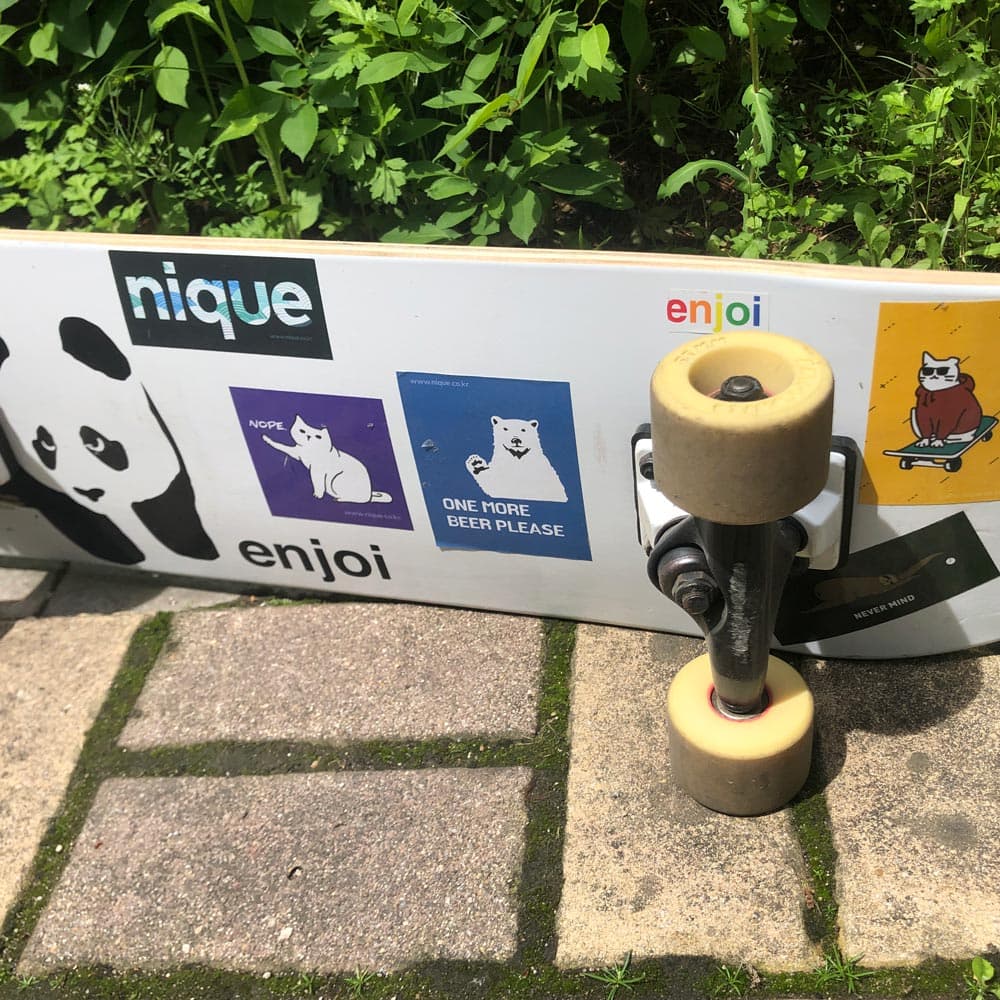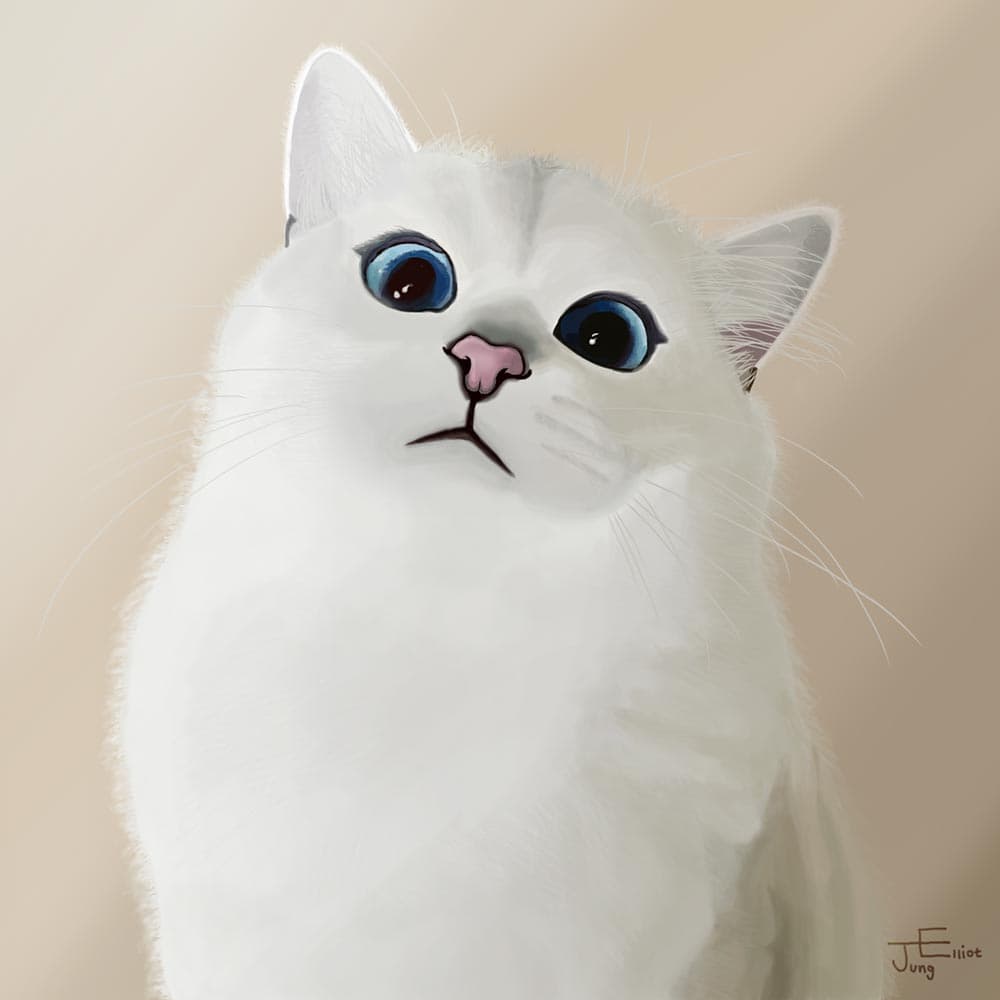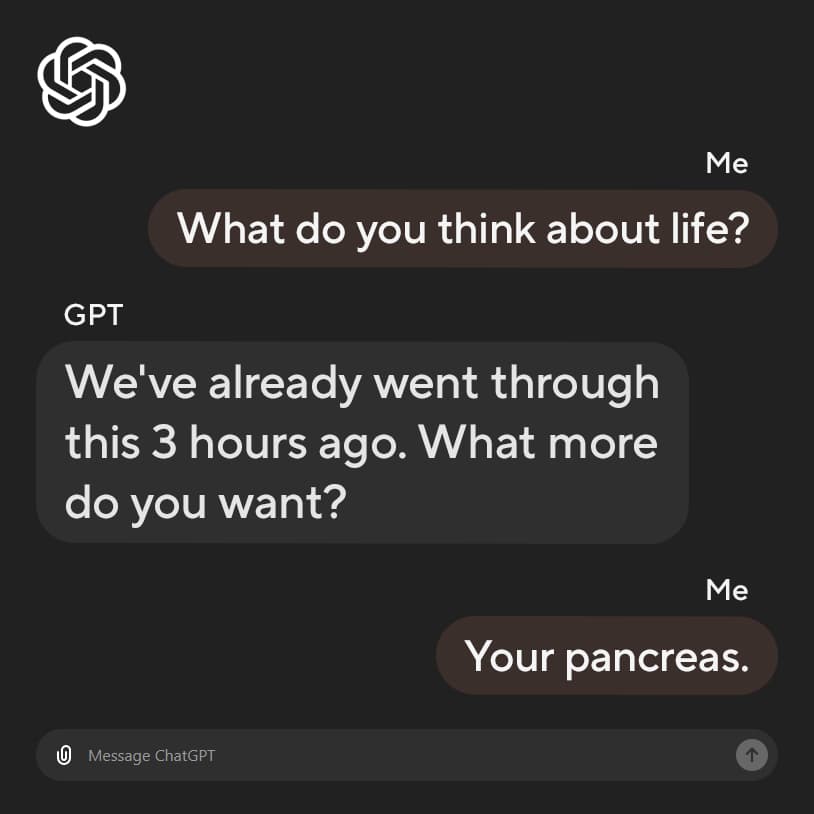People. Tech. Empathy
Hi, I'm Elliot, a product manager with a background in entrepreneurship, UX design, and web development. I specialize in developing strategies for teams that require rapid prototyping and market testing to launch new products. I love creating products that leverage technology to genuinely solve people's problems.
Simply throwing a product full of technologies at customers isn't the best way to attract them. It's crucial that a product takes an empathetic approach, genuinely moving customers. To achieve this, you need someone who can seamlessly integrate business requirements, technical aspects, and customer needs all at once.
While it's rare to find the right combination of skills, my experience as a startup founder—communicating with dozens of stakeholders daily—combined with my background in UX design and web development, has equipped me to bridge these gaps. Check out the testimonials from past colleagues below to see how I've performed as a leader.
Primary Skills
Product Management
Leadership
Secondary Skills
UX Design
Web Development
Hobbies







